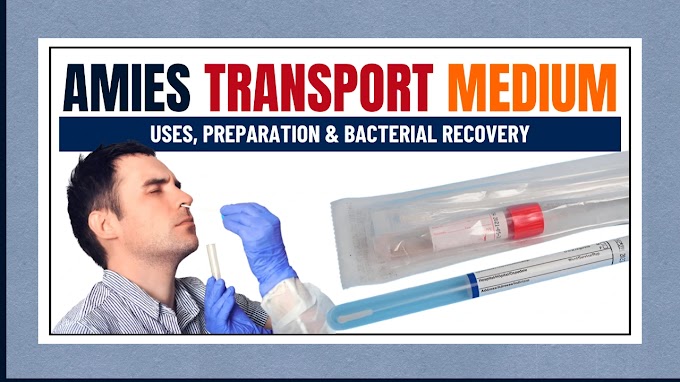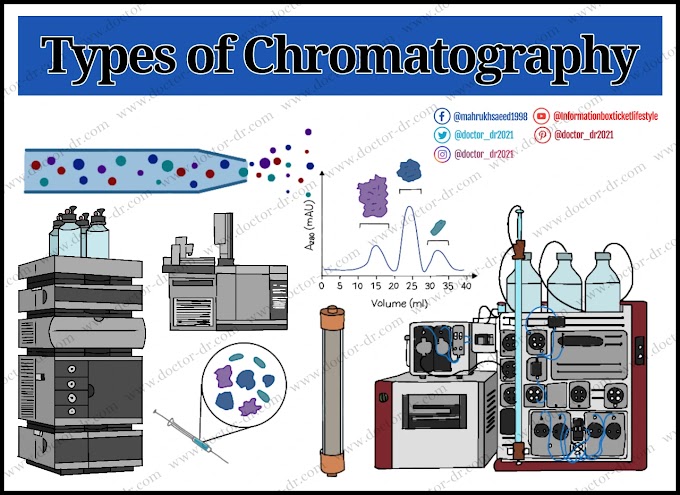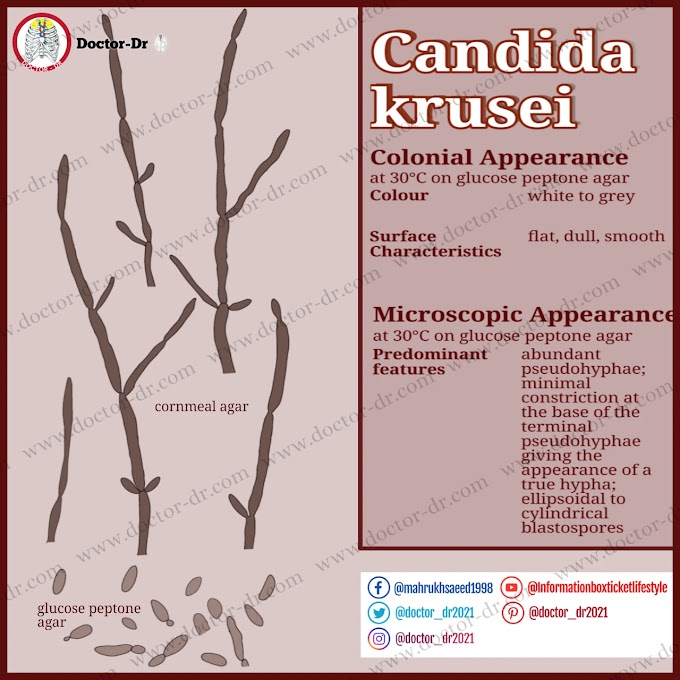Table of Contents
- Sources of Prebiotics
- What function do probiotics serve?
- Types of Prebiotics with Functions
- 1. Fructans
- 2. Galacto-oligosaccharides (GOS)
- 3. Starch- and glucose-derived oligosaccharides
- 4. Hemicellulose-derived oligosaccharides
- 5. Pectic oligosaccharides
- 6. Non-carbohydrate oligosaccharides
- Advantages of Prebiotics
Prebiotics
- Glenn Gibson and Marcel Roberfroid introduced the notion of prebiotics for the first time in 1955.
- Prebiotics, which are non-digestible short-chain carbohydrates such as fibres, provide food for gut bacteria, allowing good bacteria to flourish. Probiotics are living bacteria that provide considerable health advantages.
- Synthetic prebiotics are substances that are artificially added to some meals and available as dietary supplements in the form of powders and capsules. It enhances their nutritional value and digestive health. It also addresses particular health issues such as excessive blood sugar and others.
- According to specialists, it is also known as a "microbiome fertiliser".
- The three most prevalent prebiotics are fructooligosaccharides (FOS), galactooligosaccharides (GOS), and trans-galactooligosaccharides (TOS).
- The non-digestible plant fibres known as fructooligosaccharides, inulin, and galactooligosaccharides support the growth and activity of beneficial bacteria.
- Furthermore, not all fibres are prebiotics, whereas all prebiotics are fibres. Nowadays, anaerobic bacteria in the large intestine digest fructans and galactans, which are precursors of prebiotic carbohydrates.
Sources of Prebiotics
Natural prebiotics are abundant in the following foods:
- Chicory root
- Dandelion greens
- Raw leeks
- Raw garlic
- Raw Jerusalem artichoke
- Raw or cooked onions
- Raw jicama
- Raw asparagus
- Quinoa
- Under-ripe bananas
- Yacon syrup
- Apples with skin, Bananas
- Raw honey and Cow’s milk
- Wheat dextrin
- Psyllium husk
- Whole-grain wheat
- Barley
- Oatmeal, Chia seeds
- Whole-grain corn, beans
- Peas
- Soybean
What function do probiotics serve?
- Pancreatic and salivary amylase are enzymes found in humans that break down certain carbohydrates by breaking glycosidic bonds. However, certain carbohydrates, such as oligosaccharides and polysaccharides, do not digest and instead serve as a substrate for bacterial fermentation.
- Many microorganisms, particularly Bifidobacteria and Lactobacillus, inhabit the large intestine and ferment prebiotics. These gut bacteria are also prevalent in the stomach and small intestines.
- Prebiotics (obtained from plant-based meals) do not digest once they pass through the upper section of the gastrointestinal system because our bodies are unable to break them down.
- As a result, it passes via the lower digestive tract. After passing through the small intestine, it enters the colon. It reaches the colon undigested, where prebiotics are processed by gut microbes to generate short-chain fatty acids like butyrate, propionate, acetate, and gases. It supplies nutrition to our colon cells, resulting in a healthy digestive system.
- These byproducts promote the proliferation of local bacteria in the gastrointestinal system while reducing harmful microorganisms. Furthermore, they promote a balanced immunological response and are safe for our bodies and intestinal health.
Types of Prebiotics with Functions
Most prebiotics consist of carbohydrates, although some are non-carbohydrates. Prebiotics come in various forms:
- Fructans
- Galactooligosaccharides
- Starch- and glucose-derived oligosaccharides
- Hemicellulose-derived oligosaccharides
- Pectic oligosaccharides
- Non-carbohydrate oligosaccharides
1. Fructans
- Fructans are chains of fructose molecules, a type of small-chain carbohydrate found in various fruits and vegetables.
- They include inulin and fructo-oligosaccharides (FOS), which are not digested in the small intestine due to the lack of specific digestive enzymes in humans, making them fermentable by gut bacteria.
- Fructans are present in foods like onions, artichokes, garlic, ripe bananas, barley, wheat, and grains, and are also added to foods to boost fiber content.
Functions
- Fructans offer numerous health benefits, including protection against conditions like coronary heart disease, high blood pressure, diabetes, obesity, and gastrointestinal disorders. They aid in preventing constipation and regulating appetite.
- Inulin and FOS directly or indirectly stimulate many bacterial species and contribute to improving the health of the gut microbiome.
2. Galacto-oligosaccharides (GOS)
- Galactooligosaccharides (GOS) are primarily composed of plant sugars, featuring galactosyl residues and terminal glucose linked by β-glycosidic bonds.
- They mildly stimulate the growth of Bifidobacteria and Lactobacilli, and also influence Enterobacteria, Bacteroidetes, and Firmicutes.
Functions
- GOS help prevent the development of eczema, colic, constipation, and obesity. They alleviate symptoms like stomach pain, cramps, and bloating in individuals with lactose intolerance.
3. Starch- and glucose-derived oligosaccharides
- This type of prebiotic includes resistant starch, which resists digestion in the small intestine.
- Resistant starches, categorized into RS1, RS2, RS3, and RS4, are found in whole grains, green bananas, cooked and cooled potatoes, and chemically-modified starches like polydextrose.
Functions
- Resistant Starch promotes health by increasing the production of butyrate and stimulating the growth of beneficial bacteria such as bifidobacteria and lactobacilli in the gut.
4. Hemicellulose-derived oligosaccharides
- Hemicellulose-derived oligosaccharides (HDOs) like Xylooligosaccharides (XOS) and mannooligosaccharides (MOS) are emerging prebiotics.
- XOS, obtained from enzymatic hydrolysis, and MOS, derived from yeast cell walls, are found in various natural sources like fruits, vegetables, milk, and agricultural residues.
Functions
- HDOs promote the growth of probiotics, enhance gut structural elements by reducing pH, and have potent prebiotic activity, particularly arabinoxylans.
5. Pectic oligosaccharides
- Pectin oligosaccharides (POS), derived from polysaccharides like pectin, offer various health benefits.
Sources
- POS is found in orange, lemon, apple, and beet pulp.
Functions
- POS treats gastrointestinal disorders, diabetes, and hypercholesterolemia, enhances probiotic flora, stimulates apoptosis in human colonic adenocarcinoma cells, and provides protection against cardiovascular issues and oxidative damage.
6. Non-carbohydrate oligosaccharides
- Non-carbohydrate oligosaccharides, such as cocoa-derived flavonols, stimulate lactic acid bacteria based on in vivo and in vitro experiments.
Advantages of Prebiotics
Prebiotics are harmless to gut health and offer numerous benefits:
Prebiotics support the growth and activity of gut microbiota, providing them with an energy source.
- They aid in strengthening the immune system.
- Prebiotics contribute to altering the gut environment.
- They mitigate the risk of colorectal cancer.
- Prebiotics assist in preventing gastrointestinal disorders in infants.
- They help manage dermatitis issues like skin irritation.
- Prebiotics reduce the likelihood of cardiovascular disease.



~1.webp)

.webp)


